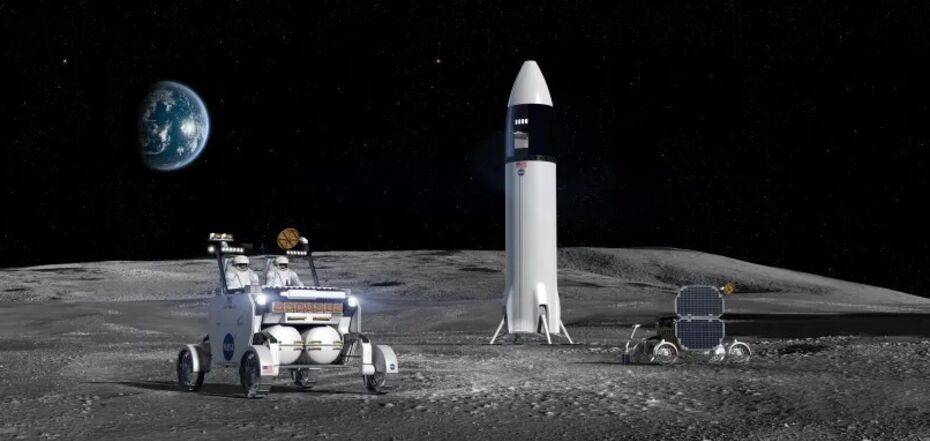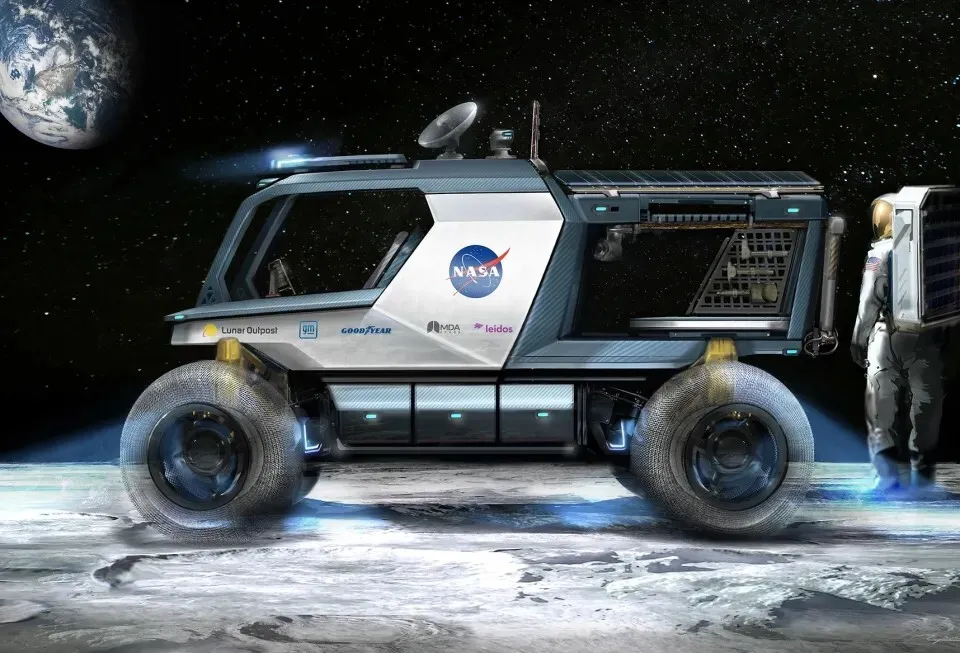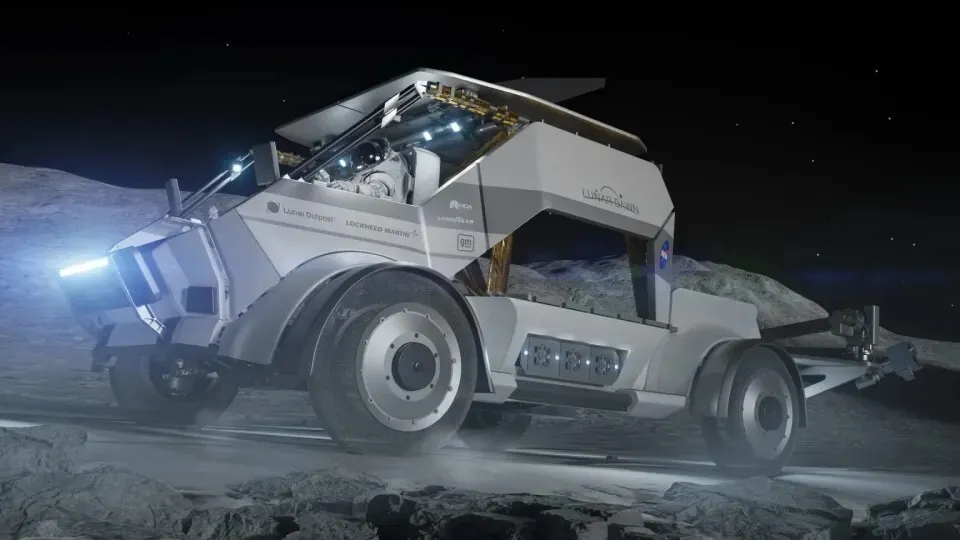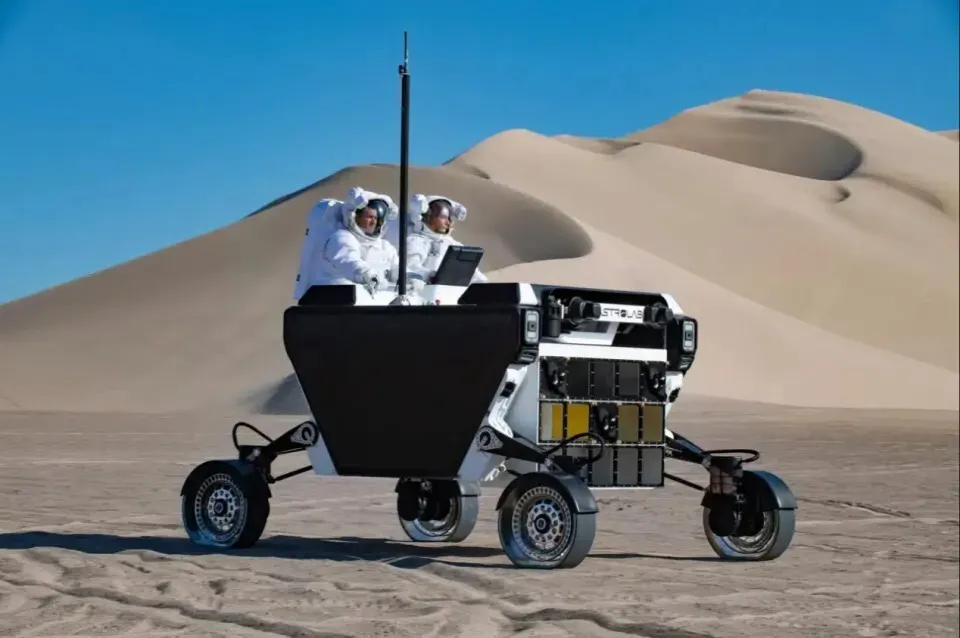News
NASA has shown cars for traveling on the Moon: they can withstand up to -240°C and two weeks of darkness. Photo
NASA has shown cars for traveling on the Moon. The miracle technology is capable of driving in complete darkness for two weeks and withstanding temperatures down to -240°C.
The US government agency is working with three companies to design, manufacture, and test new vehicles. The first lunar vehicle will go to the surface of the Earth's satellite in 2026, The Sun reports.
NASA is considering several options for new vehicles for traveling to the Moon. According to the developers, LTV is designed to transport astronauts during the manned Artemis mission. The final model of this car is expected to operate on the Moon until 2039.
NASA emphasizes that it will be quite difficult to withstand the "extreme conditions" at the south pole of the Moon. In addition, the spacecraft should be able to drive independently with the help of artificial intelligence.
"We will be using LTV to travel to places we would not otherwise be able to reach on foot. Through Artemis crewed missions and remote operations when there is no crew on the surface, we are bringing science and discovery to the Moon year-round," said Jacob Bleacher, chief scientist for NASA's Exploration Systems Development Division.
It is expected that the third part of the Artemis mission – which is the first in which astronauts will descend to the lunar surface – will take place in 2026.
Three vehicles for traveling on the Moon
The first of these is an Intuitive Machines rover called RACER. It is being developed by a partnership of companies including Boeing, Michelin, and Northrop Grumman.
This vehicle has lunar wheels that can operate at temperatures above 100C and below -240C. It is also able to "withstand the effects of solar and galactic radiation."
According to the developers, the RACER looks a bit like a giant go-kart, complete with large headlights, bright Moon Racer brand lighting, and comfortable soft seats.
The second lunar vehicle is the Lunar Dawn LTV from Lunar Outpost, which is described as "an extremely powerful off-road robotic transportation system." It is capable of transporting crew and cargo to the Moon and Mars.
This vehicle looks a bit like a milk truck and is being developed in partnership with tire giant Goodyear. "LTV is capable of continuous operation in the most extreme conditions. With minimal maintenance requirements and a focus on astronaut safety, LTV will help achieve critical scientific goals and provide a sustainable base on the Moon," Lunar Outpost scientists assured.
The third development is the most bizarre. This is the Venturi LTV, which can be remotely controlled from Earth or can drive itself on the lunar surface using artificial intelligence.
"We have created much more than a rover for use on the Moon or Mars. Our rover is a logistics system capable of handling a wide variety of cargo. We believe that this approach will allow us to establish a permanent lunar outpost on the Moon at a lower cost and in less time than expected," explained the creators of Venturi.
The developers of this model say that their invention will be able to operate at temperatures from -240C to 130C, will have resistance to radiation, and can "work for two weeks in the darkness of the south pole of the Moon."
Only verified information is available on the OBOZ.UA Telegram channel and Viber. Do not fall for fakes!































